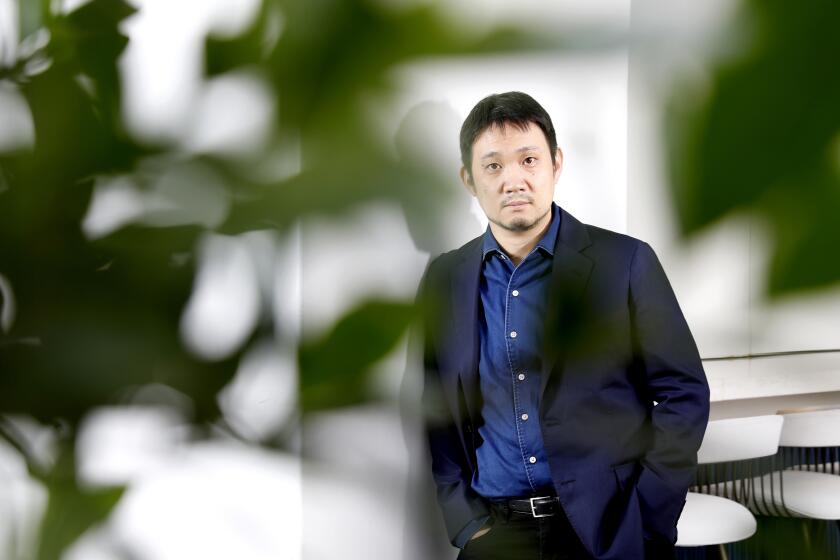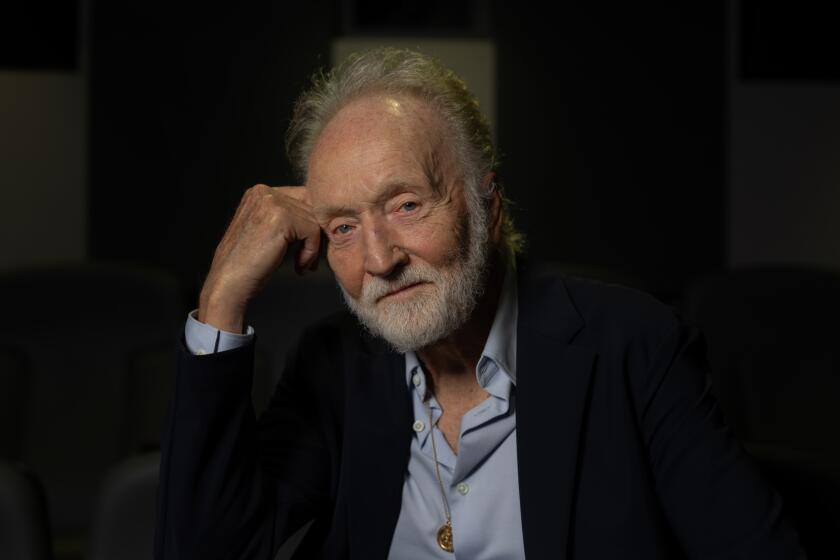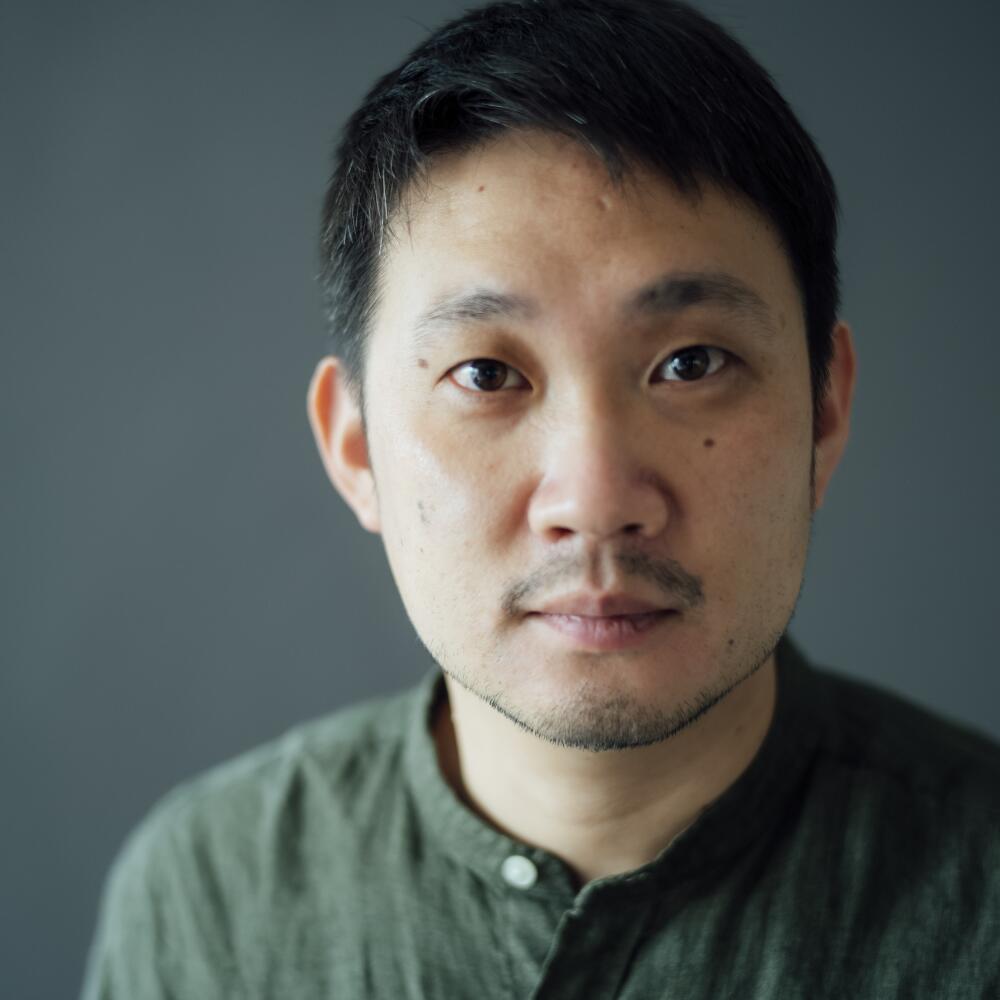
Ryûsuke Hamaguchi has never felt an affinity for the great outdoors. “I didn’t really have a relationship with nature growing up,” the Japanese writer-director says from Tokyo over Zoom through an interpreter. “I wasn’t a Boy Scout. I barely went camping.”
Little wonder, then, that the 45-year-old filmmaker behind 2021’s Oscar-winning “Drive My Car” has primarily set his character-driven stories in cities. Which is just one reason his latest stunner is so striking: “Evil Does Not Exist” (now in limited release) is a tale about, and very much placed in, nature. It examines the slow-burn tension that consumes a sleepy rural community after a big-city talent agency aggressively explores building a glamping site in its pristine woods, launching this project in order to collect lucrative pandemic subsidies from the government.
The locals are displeased — including Takumi (Hitoshi Omika), an outdoorsy, quiet single father raising his 8-year-old daughter, Hana (Ryo Nishikawa). But two of the company’s PR reps (Ryuji Kosaka and Ayaka Shibutani) try to court Takumi’s favor in the hopes he’ll influence his neighbors and change their minds.
That’s the setup to “Evil Does Not Exist,” but it hardly conveys the ineffable unease rippling through the film. After the unlikely Hollywood triumph of “Drive My Car,” Hamaguchi’s “Evil Does Not Exist” (itself a prizewinner at the 2023 Venice Film Festival) is a daring left turn, an enigmatic, vaguely sinister work in which the unknowability of the forest seems to affect the characters. (At 106 minutes, it’s also far shorter than most of his recent work.)
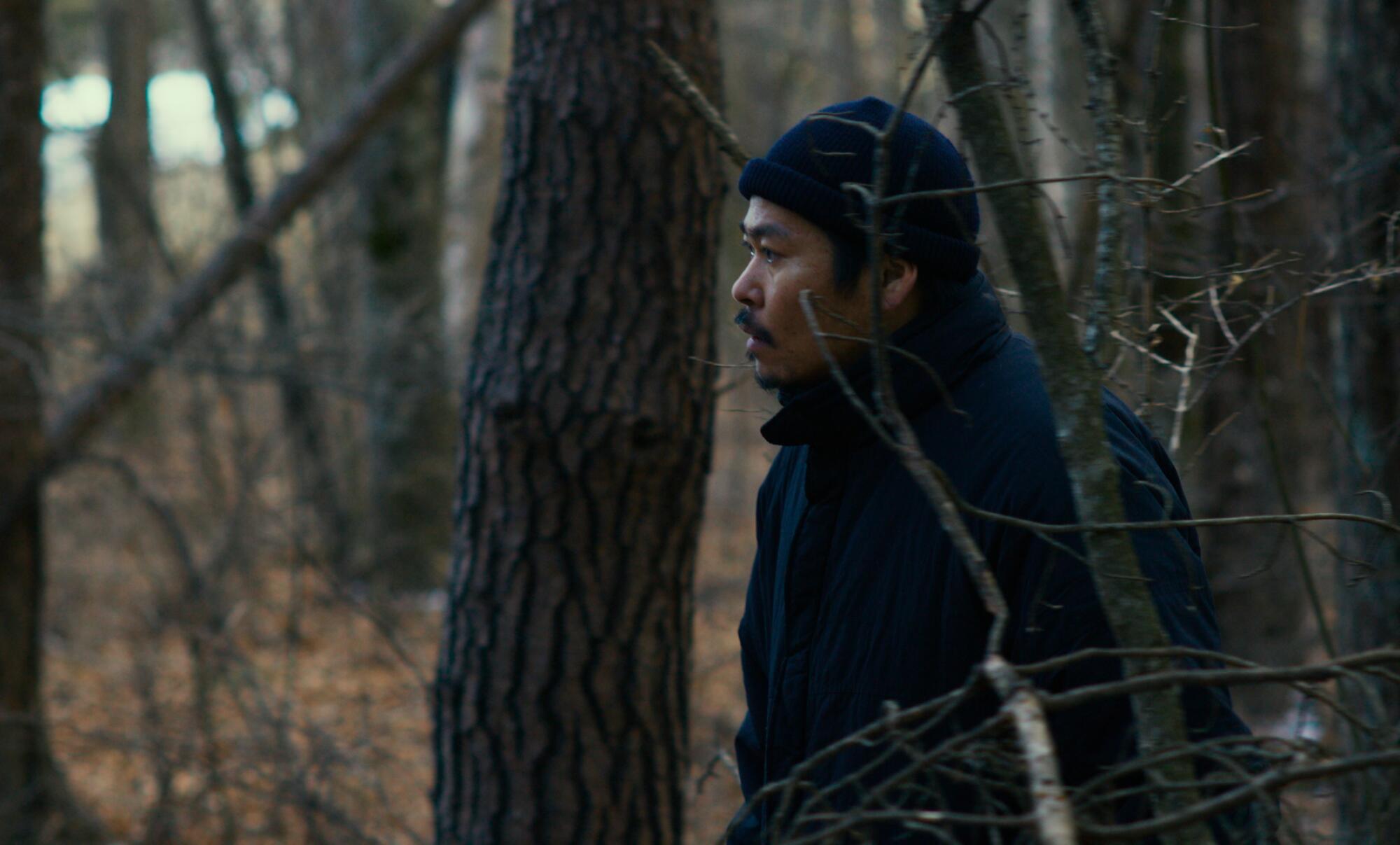
When Hamaguchi presented his movie for consideration to the selection committee members of the New York Film Festival, he confessed that he didn’t quite know what he’d made. They accepted it. And all these months later, he’s still unsure — he just knows he needed to make it.
“I look back on the film,” Hamaguchi says in his soft-spoken manner, a bit perplexed, “and think about how all of it resulted in this —” the director waves his arm in reference to the mystifying movie he’s just released. “I feel less and less discomfort with each viewing.”
The origins of “Evil Does Not Exist” are themselves a twisting tale through the woods of creative inspiration. A few years ago, musician Eiko Ishibashi, who wrote the “Drive My Car” score, asked Hamaguchi to supply visuals for a live performance of a commission she was planning to compose. Before they went to work, though, they needed to settle on a theme, which slowly presented itself after six months of email brainstorming.
“She told me she was very interested in lost landscapes,” Hamaguchi recalls, “and I was in a place where I was bored of creating work that focused solely on human drama. I was interested in nonhumanness and to capture things from a bigger perspective.”
Ishibashi and Hamaguchi’s collaboration eventually became the 2023 concert piece “Gift,” which married his silent images with her live, improvised score, full of haunting strings and electronic elements. From there, Hamaguchi decided to develop the concept into a standalone feature, realizing he’d found his next film.

After his globetrotting promotion of “Drive My Car” during an exhausting awards season (extra surreal for a filmmaker of three-hour thinkers), maybe it was inevitable that Hamaguchi would respond with a movie about a character who has retreated from the world, hiding out in a cabin in the woods.
“It was a full year of promoting films, and it was also during the height of COVID, so I had to be very careful about traveling,” he says. “There was a lot of pressure because, as I was traveling, if I caught COVID, then I couldn’t return [home]. All of these things led to a lot of fatigue — it was very tiring.” Hamaguchi smiles. “I would say that the lesson I learned is to not release two films in the same year.” (The director’s “Wheel of Fortune and Fantasy” premiered at the Berlin Film Festival a few months before “Drive My Car” began its historic run.)
In an instance of life imitating art, Hamaguchi was, like the director character of “Drive My Car,” himself chauffeured to different rural locations while planning the “Gift” shoot, becoming friendly with his driver, Omika. A crew member on “Wheel of Fortune and Fantasy,” Omika isn’t an actor, but Hamaguchi saw his potential.
“As we were going around scouting together, I realized that he has this appealing and mysterious look about him that I was drawn to,” Hamaguchi says. “So I called him up and said, ‘You might be surprised by this, but do you have any interest in acting?’ He was taken aback at first, but then he eventually said yes. He had just started directing himself, and so he was interested in how to communicate with actors. Once I knew that, I knew that I could start writing.”
Omika wore his own clothes for the project, and Hamaguchi didn’t worry about tailoring the part to him. “The character that I wrote is more Clint Eastwood-like or Charles Bronson-like,” Hamaguchi admits of his taciturn protagonist. “But Hitoshi is not at all like that in real life — he’s a lot softer, there’s a sweetness about him. The character I wrote has flaws, but perhaps the sweetness that’s inherent in Hitoshi allows us to accept those flaws.”
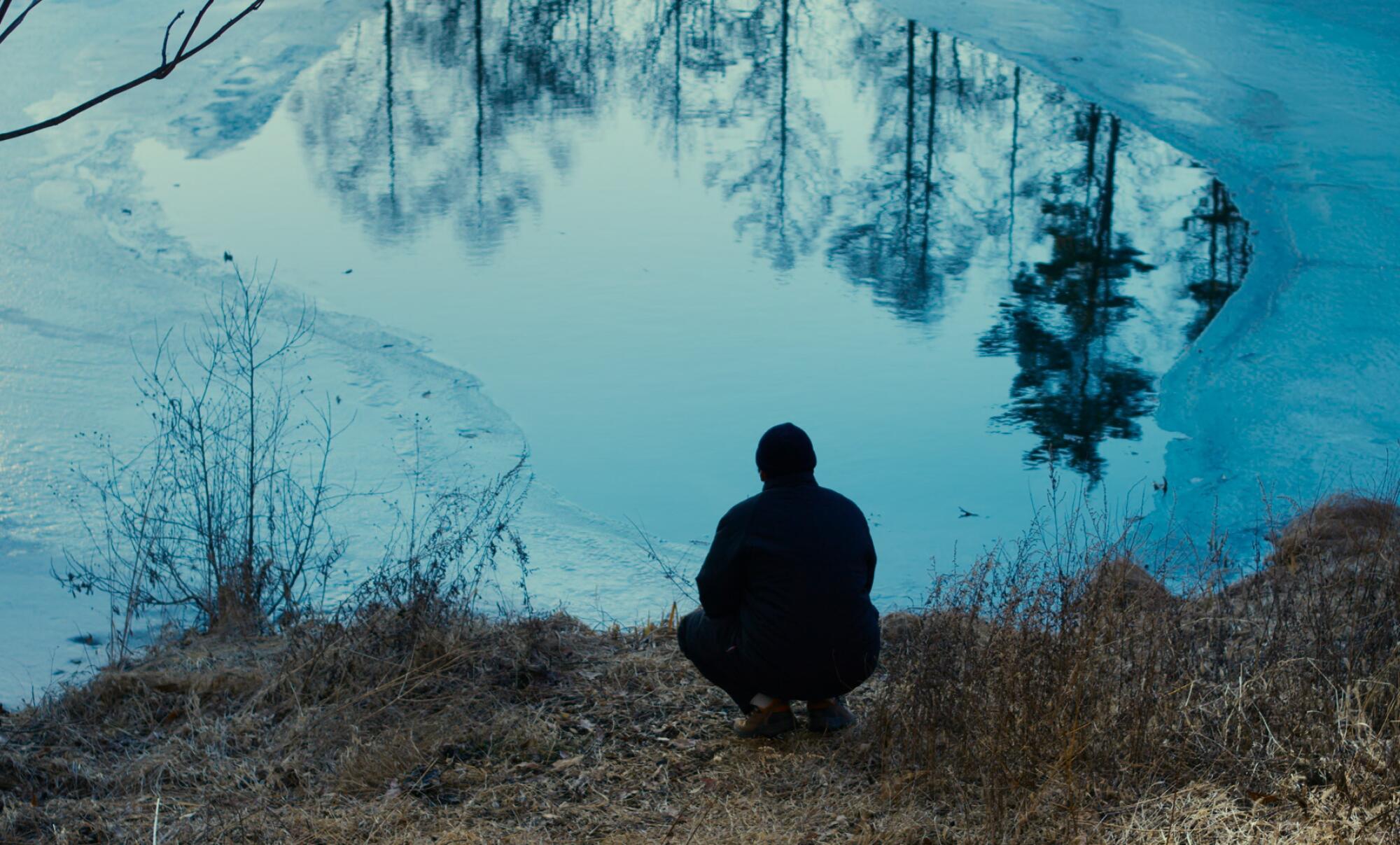
Now that he’s been on televisions across the globe giving an acceptance speech at the Oscars, Hamaguchi recognizes that moviegoers who aren’t familiar with his previous films, such as five-hour-plus drama “Happy Hour,” are eagerly awaiting his encore. And he wonders if, subconsciously, some of the reaction to “Drive My Car” led him to make the movie that he did. Despite all the praise for that film’s perceptiveness about grief, Hamaguchi worried that audiences didn’t entirely understand what he had been after.
“It was often talked about as the story of loss and rejuvenation,” he says of his Academy Award-winning movie, Japan’s first best picture nominee. “However, it is not just about that — I think there are more complicated things within it. A certain sense of absurdness exists within the film. Those other elements [were] getting shaved away [in the public discourse], and [those] elements are necessary in movies as well. There was a part of me that felt that, by making ‘Evil Does Not Exist,’ I was able to show that this is a film I also make, so I’m not typecast as one kind of filmmaker.”
This time, Hamaguchi sought to make a movie in which the motivations and the deeper meanings were left teasingly unclear — even to himself. On top of that, he chose a bafflingly declarative title that viewers would have to grapple with. When he’s asked about his own feelings regarding the presence of wickedness in the world, he replies, “I think most people will say that evil does not exist within nature — evil intentions are not present within nature, so that was a starting point for me. Ultimately, the characters in the film are all doing what they believe is good. However, it still results in something that is evil.”
As ‘best movie of the year’ prizes pile up, including a shout out from former President Obama, director Ryûsuke Hamaguchi explains ‘Drive My Car.’
“Evil’s” plot was inspired by an actual small-town glamping project, but although Hamaguchi’s script ponders the friction between consumerism and contentment, it’s tempting to also read “Evil Does Not Exist” as a filmmaker’s meditation on the battle between art and commerce. Hamaguchi welcomes all interpretations of his elegant puzzler, adding that he found the process of writing and shooting “Evil Does Not Exist” restorative. “Working with a small-scale production was a healing experience and gave me a return to a sense of balance,” he says.
No such respite awaits his characters, who all seem off-kilter. Ishibashi’s score — swooning and orchestral, flecked with hints of danger — underlines the feeling of disharmony, as do random gunshots exploding in the distance in the forest. Hamaguchi’s ground-level tracking shots pointing upward, the trees towering menacingly above, suggest a psychological thriller. We’ve all seen horror movies in which characters get lost in the middle of nowhere, but in Hamaguchi’s hands, something more ominous and indescribable unfolds.
Now that he’s made a movie about nature’s unseen power — and emerged reenergized — Hamaguchi acknowledges a new appreciation for the wilderness.
“I find trees to be nice,” he says. “I realize that each tree is different from each other. Looking at forests, I see that there’s communication that exists between trees. Trees have become something that I’m interested in shooting in the future.”
It sounds like he’s not out of the woods yet.
More to Read
Only good movies
Get the Indie Focus newsletter, Mark Olsen's weekly guide to the world of cinema.
You may occasionally receive promotional content from the Los Angeles Times.
